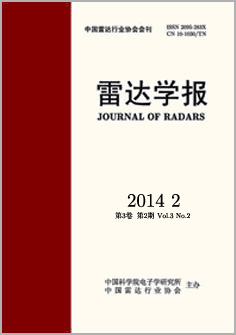Compared with Space-Time Adaptive Processing (STAP), Space-Time Adaptive Detection (STAD) employs the data in the cell under test and those in the training to form reasonable detection statistics and consequently decides whether the target exists or not. The STAD has concise processing procedure and flexible design. Furthermore, the detection statistics usually possess the Constant False Alarm Rate (CFAR) property, and hence it needs no additional CFAR processing. More importantly, the STAD usually exhibits improved detection performance than that of the conventional processing, which first suppresses the clutter then adopts other detection strategy. In this paper, we first summarize the key strongpoint of the STAD, then make a classification for the STAD, and finally give some future research tracks.




 Submit Manuscript
Submit Manuscript Peer Review
Peer Review Editor Work
Editor Work




 DownLoad:
DownLoad: